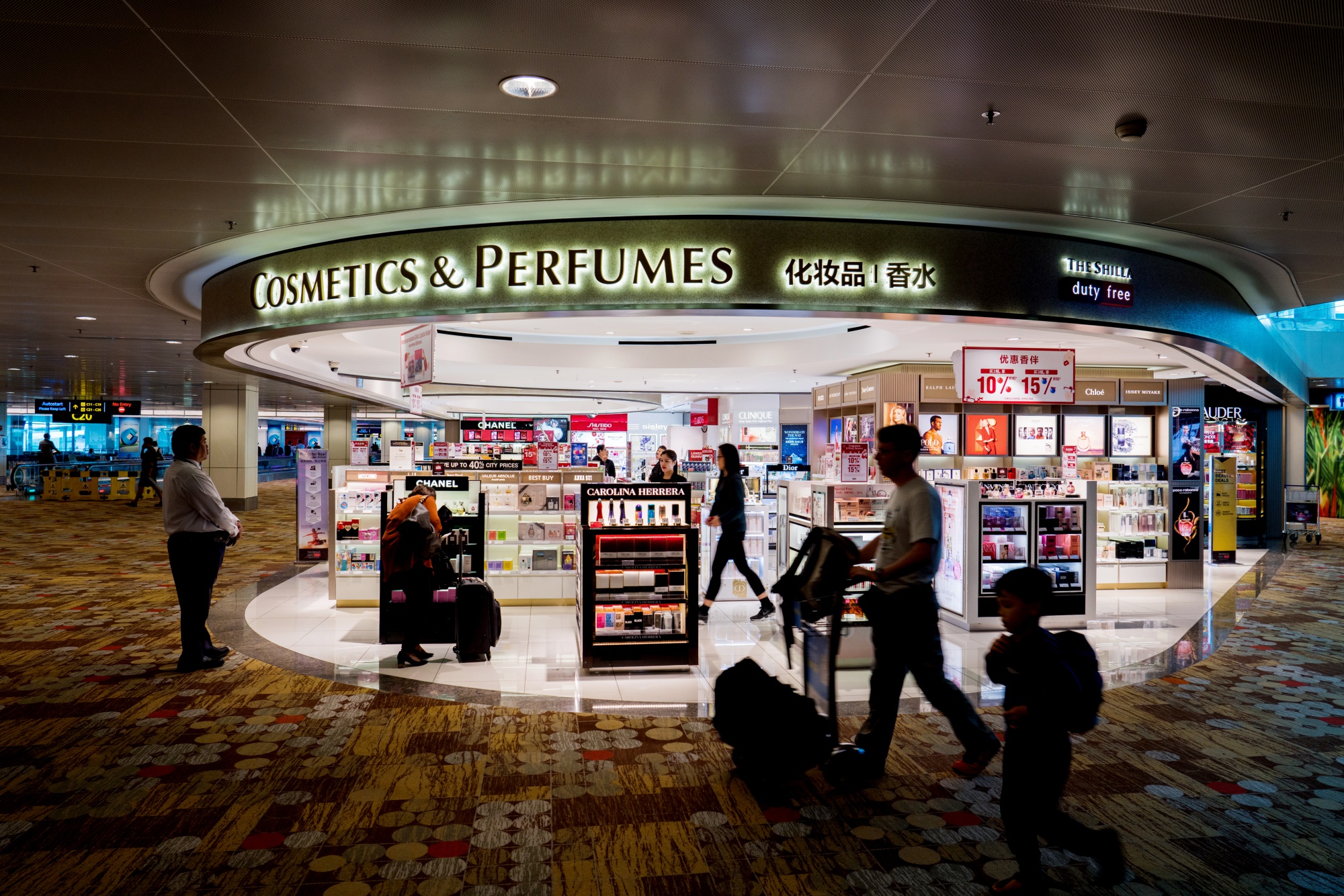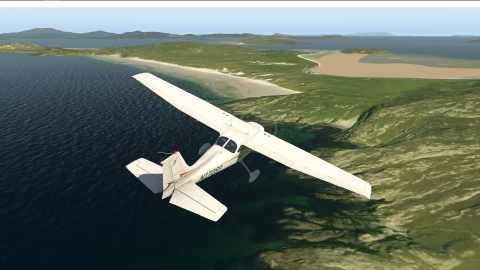Sometimes you stop by duty free because you think you’ll get a good deal. Or you’re just waiting for a flight and want to kill some time. Other times, you find things you can’t get at home.
But before you open your wallet, consider research from travel website The Points Guy on duty-free shopping that shows wild price fluctuations for the same item in Duty Free stores around the world.

The study found that duty-free products can cost up to 30 percent more at another airport, and prices for the same item can vary between different stores (even within the same airport). For example, at John F. Kennedy Airport in New York City, the price of a 1-liter bottle of Bacardi Gold rum ranges from $14 to $23.
The study collected and compared duty-free prices for 13 popular items (Bombay Sapphire gin, Johnny Walker Blue Label Scotch, Estee Lauder Advanced Night Repair skin cream and Marlboro cigarettes...) at 50 airports across six continents.
What is Duty Free?
Customs duties are tariffs or taxes levied on goods moving across international borders, according to the U.S. Department of Homeland Security's Customs and Border Protection.
The “tax” you are exempt from is the import tax that applies to local retail sales in the country where the duty-free shop is located. It is usually a combination of value-added tax (VAT) and sales tax.
“Duty-free” means that these local taxes are not imposed on retail items purchased in special economic zones that do not collect sales tax and value-added tax (VAT), said shopping expert Andrew Schrange, co-founder of personal finance community website Money Crashers.
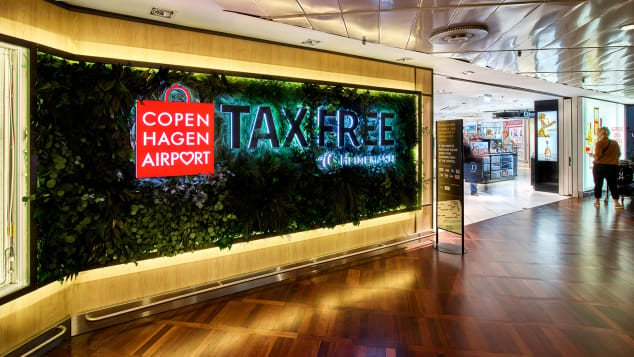
While duty-free shops are most common in airports, you may also see Duty Free signs at land border crossings and on cruise ships in international waters.
How did Duty Free shopping start?
Ireland pioneered this business model with the opening of the world's first duty-free shop in the transit area of Shannon Airport in 1947. The Irish government passed the Airport Customs Exemption Act that year, exempting transit passengers, cargo and aircraft from normal customs procedures. The concept was subsequently adopted internationally.
How much duty free can you buy?
Americans can spend up to $800 abroad without paying duty when they return to the United States, known as a “personal exemption,” according to the Department of Homeland Security’s Customs and Border Protection. (For international travelers, limits on how much you can spend and how much you can bring back vary widely—check each country’s rules before you go shopping.)
Additional $1,000 worth of items brought into the U.S. are subject to a flat rate of 3%. If the value of the purchase is greater than $1,800, the remaining duty is determined based on the Harmonized Tariff Schedule rates. Family members traveling together may combine their personal exemptions.
In addition to monetary limits, there are restrictions on the amount of alcohol and tobacco you can bring into the country. Americans are allowed 1 liter (33.8 fluid ounces) of alcohol and 200 cigarettes or 100 cigars.
Some states may allow you to bring in more than 1 liter of alcohol, although you will have to pay customs duty and Internal Revenue Service tax on excess bottles. Other states may limit the amount of alcohol you can bring in without a permit.
Does Duty Free Really Save You Money?
As a general rule, it's best to know the prices at home and in the country you're shopping in. Duty-free doesn't always mean a bargain.
“Because duty-free retailers are not required to pass on tax savings to customers, many set their prices just slightly below local prices,” Schrange said. “Prices vary by store and jurisdiction, but shoppers shouldn’t expect deep discounts,” he said.
However, depending on the local tax structure, the savings can be significant for certain items – up to 20% or even 30% in jurisdictions with high VAT rates. “The savings are particularly significant for items like alcohol and tobacco, as these tend to be taxed at higher rates,” he adds.
Some countries have limits on how much you can buy before paying duty, and this duty can be paid when you get home. You can usually find out by checking with customs in the country you are visiting.
Where is the best place to shop duty free?
According to research by The Points Guy, you’ll find the best prices on duty-free alcohol in the Caribbean, cosmetics and perfume in Europe, and tobacco products in Asia. Overall, the cheapest airport for duty-free purchases is Kuala Lumpur, Malaysia (KUL), and the most expensive is Santorini, Greece (JTR).
What are the best deals at duty free?
While alcohol and tobacco are often better priced at duty-free, Schrange says, “There are no real bargains. Prices vary from city to city and by product. Duty-free items can be a good deal, but they can also be a hassle. Think about it: Is saving $4 on a bottle of vodka worth lugging it through two more airports and a car ride home?”

Look for items that are not too large in size or capacity. And keep an eye out for items that are up to 30% off the regular price.
What should you skip at duty free?
“Cosmetics and other luxury goods like clothing are not necessarily priced to match the quality, and in many cases, duty-free shops are even more expensive than supermarkets or flea markets in the city,” says Schrange.
That's because clothing is often lightly taxed. "You can find better prices in the city, especially if you're traveling in a country with lots of street vendors and haggling is allowed." He also advises travelers to avoid buying souvenirs, "If you want to bring home jewelry or local souvenirs, buy them before you get to the airport."
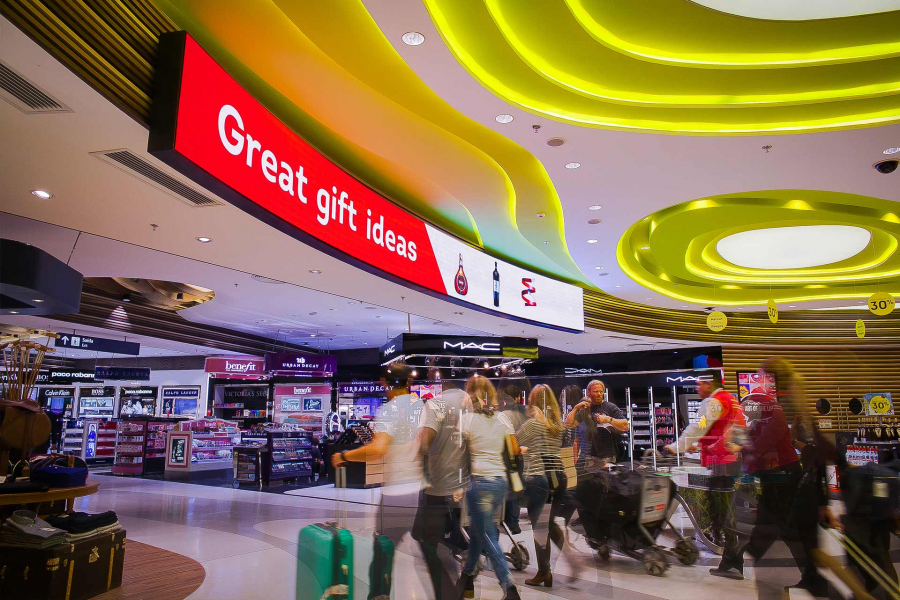
If you want to buy souvenirs, don't buy them at the airport, buy them locally.
How can I make sure I'm getting a good price?
Schrange recommends shoppers use Google and a currency converter to compare prices.
At the same time, you should also buy local products as they can be cheap, while imported goods are less likely to be a bargain.
Again, knowing the price of items in your country is key: if you live somewhere where alcohol is heavily taxed, like Singapore or Iceland, duty-free shopping can save you a significant amount of money.
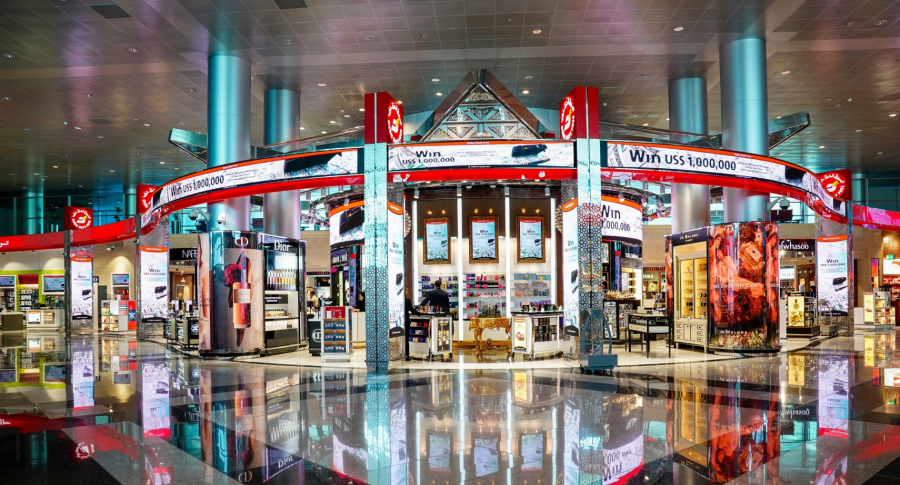
Shoppers should use Google and a currency converter to compare prices.
Schrange also suggests checking reputable sources like Duty Free Addict before shopping, to ensure you're getting a fair price.
Can you bring duty free liquids?
You can bring more than 3.4 ounces of alcohol in your carry-on bag when returning to the US—even if you have a connecting flight. Just keep your receipt and seal your purchase in a tamper-evident plastic bag.
If your flight is cancelled, what should you do with your duty-free alcohol?
Most duty-free shoppers depart within an hour. In the rare event that your flight is cancelled after you make a purchase, the official policy of Heinemann, which operates several duty-free stores across Europe, is that you must return the duty-free item or declare it upon import. However, it also depends on the regulations of the airport and country you are departing from, as well as your final destination.
How should I pay for duty free items?
“Shoppers should use a credit card when shopping abroad to get the best exchange rate,” Schrange suggests. And if you pay with cash, use any local currency you have left at the airport.

 VI
VI EN
EN



